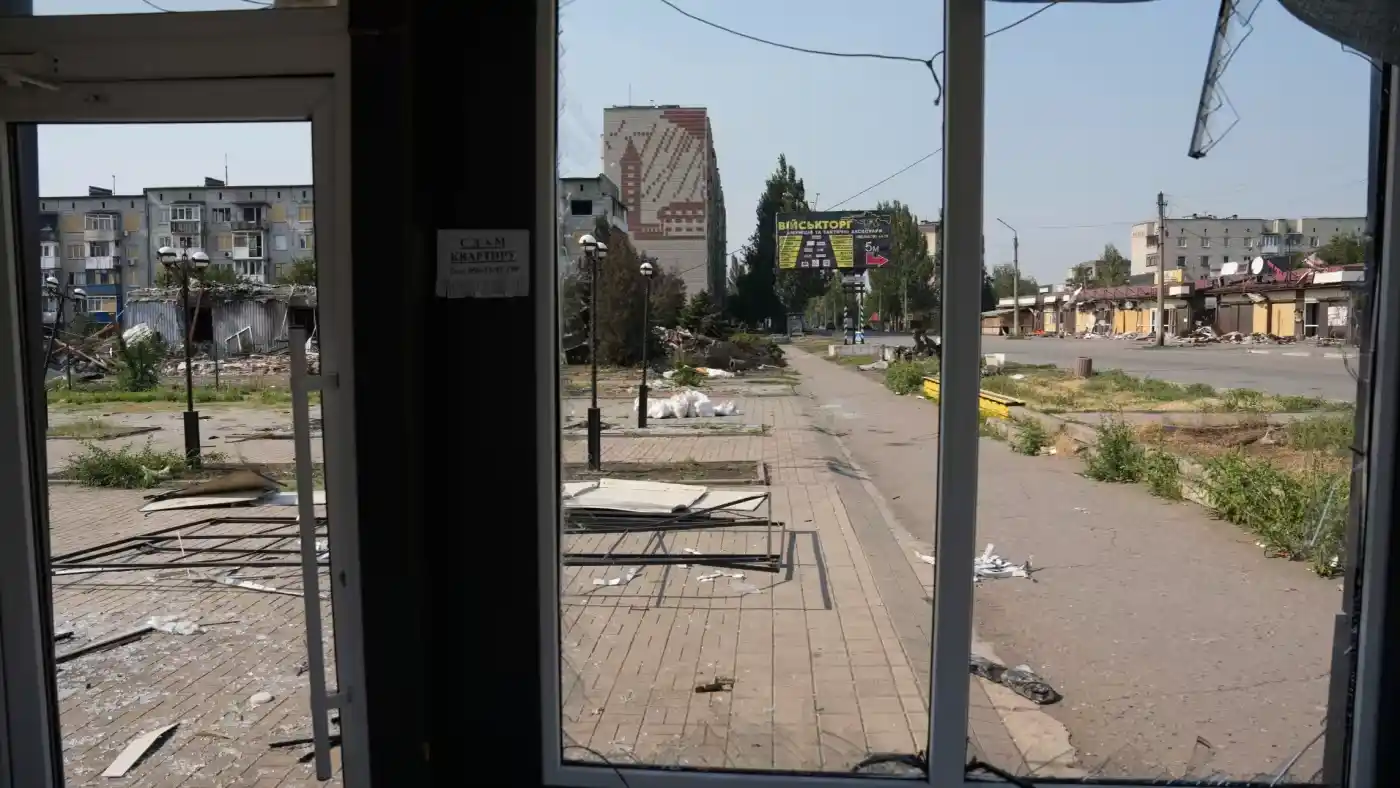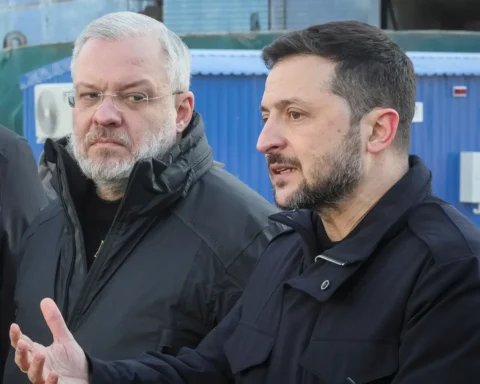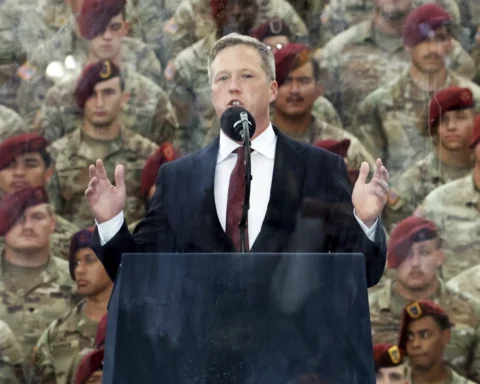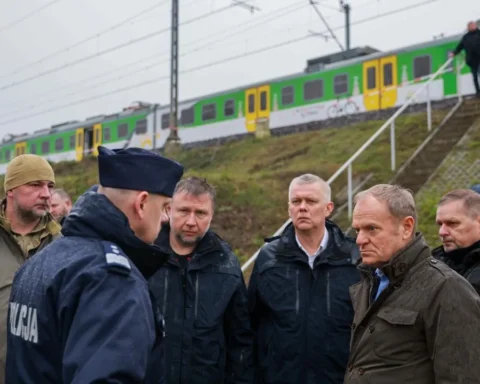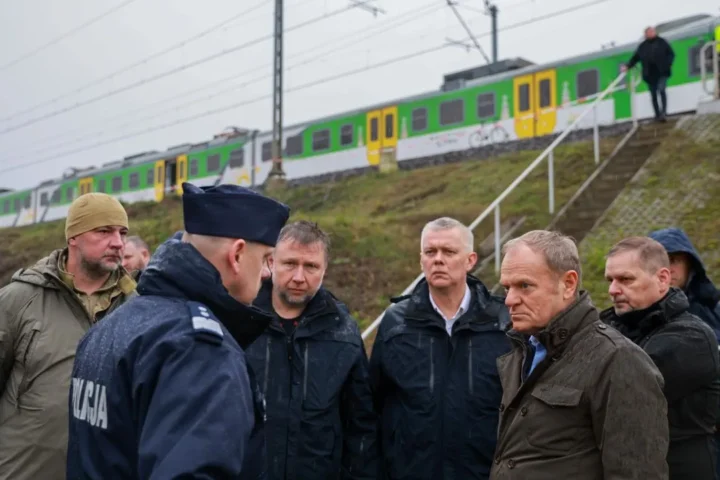The sudden advance of Russian forces on Ukraine’s eastern front has shocked Kyiv and sparked a wave of outrage among military personnel and volunteers. As The Financial Times reports, the escalation has unfolded just days before a key summit between President Donald Trump and Vladimir Putin, which will take place on Friday in Alaska. According to the publication, the Kremlin is expected to use the meeting to cement its recent battlefield successes and shift the course of the war in its favor.
15 Kilometers in a Matter of Days: How Russia Broke Through the Front
According to Ukrainian and Western analysts, in recent days Russian troops have advanced nearly 15 kilometers along a narrow corridor parallel to Dobropillia — a coal-mining town that has become a crucial logistical hub north of Pokrovsk. Pokrovsk, now almost encircled, remains one of Ukraine’s most important defensive points in the region.
The Russian advance threatens to cut a strategic supply road to Kramatorsk — the de facto capital of the Ukrainian-controlled part of Donetsk region. Losing this supply route would allow Russian forces to bypass and flank Ukraine’s fortified positions, which have been constructed over the past several months.
Military experts note that this is one of Russia’s most significant gains in 2024–2025. The timing is critical: Ukraine is simultaneously facing severe shortages of ammunition and manpower, while its main ally, the United States, is increasingly pushing Kyiv toward political compromises to end the war.
Internal Warnings and Growing Discontent Among Soldiers
President Volodymyr Zelenskyy fears that the upcoming meeting in Alaska will be used by Russia to lock in its military achievements.
The monitoring group DeepState, which is closely linked to Ukraine’s Ministry of Defense, stated on Telegram:
“The situation is quite chaotic: the enemy, having identified gaps in the defense, is penetrating deeper into our positions, consolidating, and amassing forces for new attacks.”
The Ukrainian General Staff reported that reinforcements, including elite units of the National Guard’s Azov First Corps, have been deployed to the Pokrovsk sector to block further Russian advances.
Ukraine’s Commander-in-Chief Oleksandr Syrsky admitted that the situation was “difficult,” but insisted that Ukrainian forces were “holding back the enemy.” However, soldiers and analysts emphasize that the reality is far worse than official reports suggest.
Michael Kofman, Senior Fellow at the Carnegie Endowment for International Peace, explained:
“Russia’s recent tactical breakthrough north of Pokrovsk is unsurprising given the lack of cohesive defensive lines, and it could develop further in a negative direction.”
A “Sieve” Defense and Lessons from the Past
Criticism from Ukrainian military personnel and volunteers is growing louder. They warn that months of relentless Russian assaults, combined with the increasing use of strike drones against Ukraine’s rear logistics, as well as a severe shortage of manpower, have eroded defensive lines.
Taras Chmut, head of the Come Back Alive foundation, stressed:
“What is happening now in the Donetsk region is the result of actions or inaction we have been warning about for a year and a half.”
Bohdan Krotevych, former chief of staff of the Azov brigade, addressed Zelenskyy directly:
“Mr. President, I honestly don’t know what exactly is being reported to you, but on the Pokrovsk–Kostyantynivka line, without exaggeration, there is complete chaos… A stable line of combat contact, as such, effectively does not exist.”
Ukrainian serviceman and military blogger Stanislav Bunyatov described the defense bluntly:
“The entire defensive line is like a sieve.”
Similar problems have occurred in the past — for example, in the Lyman sector in the fall of 2022, when a sudden drop in defensive density allowed enemy forces to advance rapidly. At that time, Ukraine managed to stabilize the situation, but only by redeploying reserves from other sectors.
Threat to Druzhkivka and Kostyantynivka
According to the Centre for Defence Strategies, the situation around Dobropillia is of particular concern: further Russian advances northwards would make the defense of Druzhkivka and Kostyantynivka far more difficult.
Moreover, Syrsky has noted that since early August, Russian forces have intensified sabotage operations behind Ukrainian lines, with small reconnaissance and sabotage groups reported inside Pokrovsk and Dobropillia.
If this breakthrough is not contained in the near future, Ukraine risks losing not only key supply routes but also control over the entire northern section of the Donetsk front.
This article was prepared based on materials published by The Financial Times. The author does not claim authorship of the original text but presents their interpretation of the content for informational purposes.
The original article can be found at the following link: The Financial Times.
All rights to the original text belong to The Financial Times.


